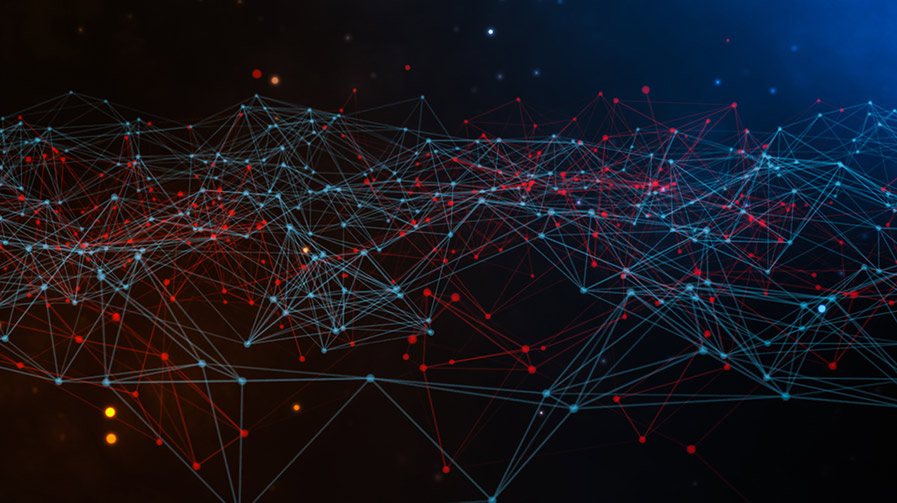Edge Computing: Transforming Surgery Through Technology

Written and edited by Nida Fatima, MD and Jakob Bower.
Edge computing is a computing paradigm that brings computation and data storage closer to the source of data. This improves response time and saves bandwidth 1.
With the revolutionary advancement of sensor and software capabilities, we now have an internet of things (IoT)—an environment where people and devices are well connected with each other. This technology is gaining attention and acceptance in healthcare settings as it allows remote monitoring of patients.
Edge computing aims to enhance the IoT by providing data closer to the site of origin rather than sending it to data centers. Applying this paradigm to healthcare means monitoring patients becomes easier and more efficient.
Sensors attached to patients collect physiological information and use gateways to send the data and provide warnings to caregivers for further analysis 2. This system is one of the biggest advancements in the data science research. Patients who require close physiological monitoring can be closely attended 24/7 through the IoT, and patients in remote settings can receive diagnoses and consultations virtually, removing the need for a hospital or private practice visit.
The integration of artificial intelligence and deep learning into edge computing is meeting the challenges of critical latency, thus enabling the heavy transmission of information within few milliseconds 3. Advancements in this direction facilitate better outcomes for patients in scenarios where computer-intensive, latency-critical tasks are required, such as physiological monitoring (ICP, etc) and intraoperative monitoring (SSEP, MEP, EMG, etc).
What does our future look like? Our thoughts resonate with the fact that AI and AR will eventually be taking over the physician’s role in treating patients—even surgeons will be replaced by robots due to their superior computational capabilities and dexterity.
Hence, edge computing will soon be rampant all over the world. With this technology, mobile surgeries would be possible, and someone in a far-flung area could get the same treatment plan as someone in a wealthy, urban setting. There will be no need for transferring patients to larger facilities, as the treatment could be provided at their doorstep.
Edge computing will play a key part in providing cost and clinically effective solutions to people globally. This is the right time to combine technology with surgery and come up with answers that will be beneficial to humans.
References
- Hamilton, Eric (27 December 2018). "What is Edge Computing: The Network Edge Explained". cloudwards.net. Retrieved 2019-05-14.
- Ulusar UD, Turk E, Oztas AS, Savli AE, Ogunc G, Canpolat M. IoT and edge computing as a tool for bowel activity monitoring. InEdge Computing 2019 (pp. 133-144). Springer, Cham.
- Wang Q, Li Z, Nai K, Chen Y, Wen M. Dynamic resource allocation for jointing vehicle-edge deep neural network inference. Journal of Systems Architecture. 2021 Aug 1;117:102133.



